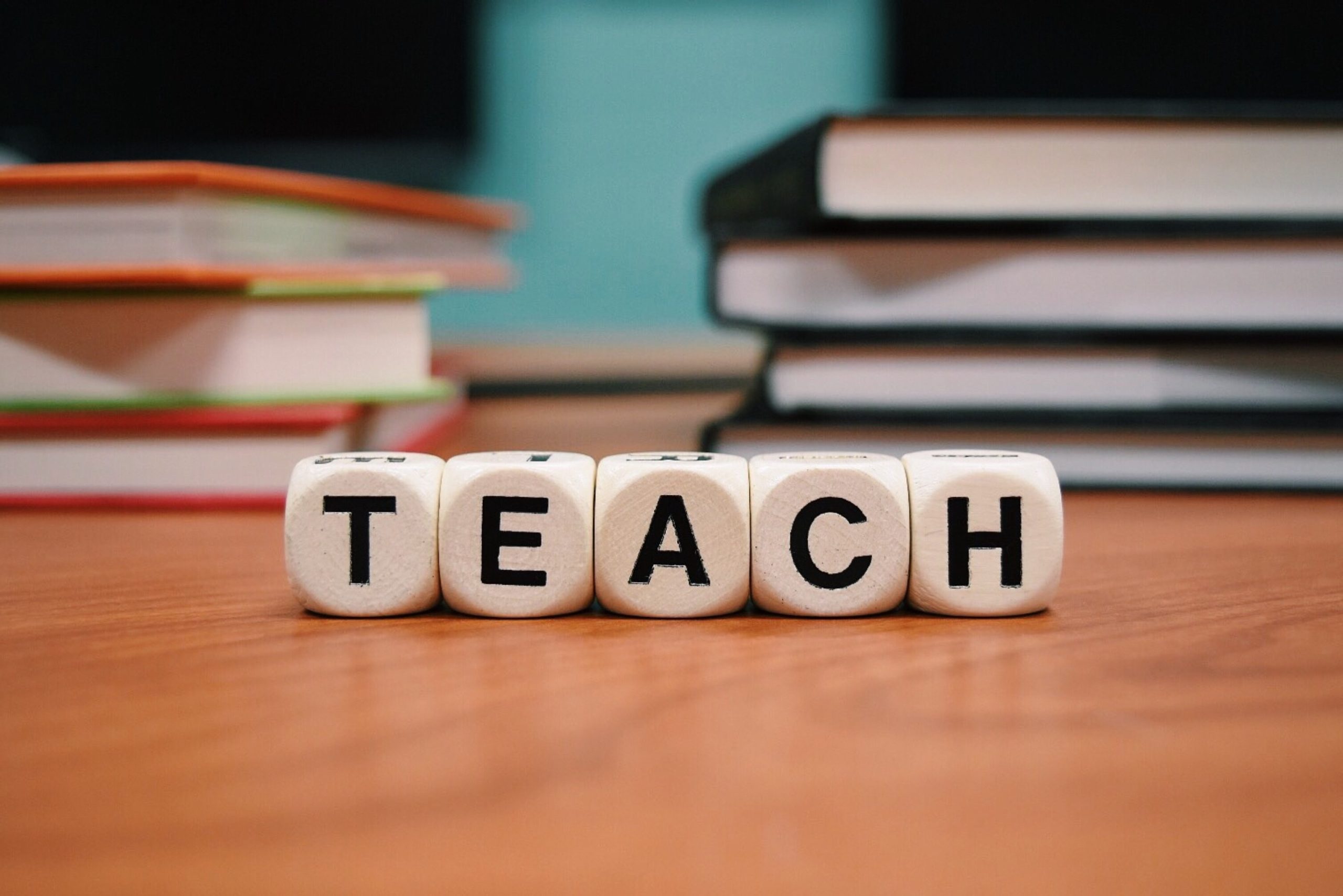In the vibrant world of dance education, where movement is a language of its own, the role of articulation becomes paramount. Dance educators, who are already accustomed to the intricate balance of artistic expression and skill-building, are uniquely poised to harness the power of articulation in their teaching. This practice, which is deeply ingrained in the routine of dance teachers, holds the key to unlocking profound learning experiences. Join us on a journey where the art of dance converges with the art of articulation, enriching not only our students’ dance prowess but also their communication and critical thinking abilities.
Empowering students to articulate their learning is like giving them the key to unlock their own potential. When they can express their understanding in words, they not only solidify their knowledge but also open doors to new realms of comprehension – Dr. Jane Smith, Educator and Researcher
Teaching is a noble profession that involves not just the transfer of knowledge but also the cultivation of critical thinking and effective communication skills in students. In the realm of dance education, the importance of articulating learning becomes even more pronounced. Just like the graceful movements in dance, the articulation of learning requires a rhythm of its own, where oracy takes the center stage. As educators, we strive to foster an environment where students not only absorb knowledge but also eloquently express their thoughts, ideas, and understanding. This is where the concept of the “Articulation of Learning Mission” comes into play.
Oracy: The Key to Unlocking Learning Potential
Oracy, the ability to express oneself fluently and coherently through speech, is a cornerstone of effective communication. In the context of dance education, oracy goes beyond mere verbal communication; it extends to the expression of emotions, interpretations, and connections through movement. As dance teachers, we have a unique opportunity to nurture both verbal and nonverbal oracy in our students.
1. “I performed well at…”
Encourage students to articulate their achievements and progress. This not only boosts their confidence but also reinforces their understanding of their own growth.
2. “The topic I’m learning is…”
Asking students to succinctly describe the topic they are studying promotes clarity and understanding. It also encourages them to take ownership of their learning journey.
3. “This fits into what we’ve done before because…”
Linking new learning to past experiences fosters a sense of continuity and helps students construct a mental framework for understanding new concepts.
4. “Some of the important words I’m learning are…”
Vocabulary plays a crucial role in any subject. In dance, understanding and effectively using dance terminology enriches the students’ understanding and appreciation of the art form.
Promoting Articulation: Strategies for Your Classroom
As dance educators, it’s our responsibility to create an environment that nurtures articulation and oracy. Here are some strategies to infuse articulation into your lesson culture alongside encouraging student ownership:
1. The Year’s Learning Journey Exploration
Transform the yearly learning journey or topic overview into an exciting anticipation exercise. This not only sparks curiosity but also helps students understand the purpose behind each unit.
2. End of Lesson Missions
Implement the “Class Master” concept to stimulate articulation. Assign students roles as Class Masters with specific questions to answer at the end of each lesson. This encourages active listening, reflection, and articulation.
3. Metacognitive Strategies for Empowered Learning
Empower students to think about their thinking. Metacognitive activities, like evaluating progress, monitoring comprehension, and planning learning tasks, enhance their self-regulation and learning efficacy.
4. Memory Recall Challenges
Incorporate memory challenges to test students’ ability to recall and articulate key lesson content. This engages their cognitive skills and reinforces learning.
The Dance of Articulation: Enabling Lifelong Learning
Articulating learning isn’t just about the present; it’s about nurturing lifelong learners who can confidently express their thoughts, engage in meaningful discussions, and continue to explore their chosen paths. By incorporating articulation practices in dance education, we’re not only shaping better dancers but also equipping them with essential life skills.
As dance educators, dance resources include the above ideas into each scheme of work. Every dance resource, assessment booklet, and scheme of work should is designed with the intention of fostering articulation, oracy, and metacognition.



